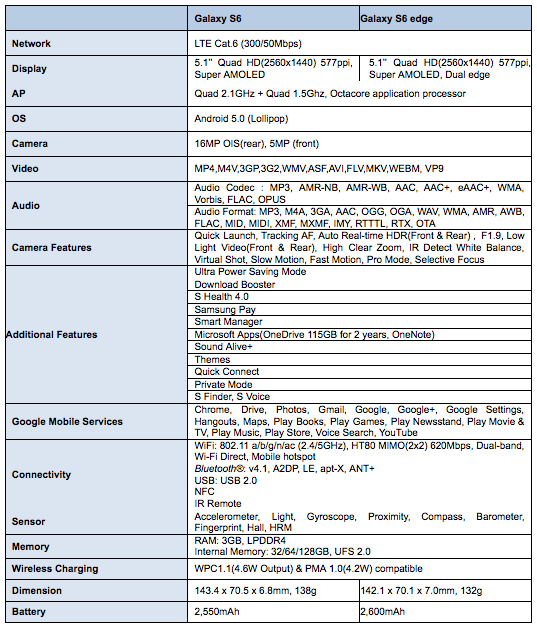(UPDATED) Sure, Apple’s all-new MacBook dropped the bomb on us with its stunning design and typing-focused engineering, but Mac users aren’t the only ones getting an ultra-portable notebook this year. Meet the ASUS Transformer Book T300 Chi, one of the latest entries into the burgeoning category of convertible PCs that function as a laptop and tablet depending on how you use it.
It is set to launch in the Philippines on April 7, with a nationwide release planned after that. It doesn’t come cheap, though, as you’ll have to pony up between P40,000 and P50,000 for the 4GB RAM and 8GB RAM editions, respectively.
Specs of the ASUS Transformer Book T300 Chi (Prices in the Philippines: P39,995 for the 4GB model with Intel Core M 5Y10 and P46,995 for the 8GB variant with Intel Core M 5Y71):
* Intel Core M 5Y10/5Y71 CPU
* Intel HD Graphics 5300
* 4GB/8GB RAM
* 128GB SSD (tablet)
* 12.5-inch IPS touch display (1,920 x 1,080 resolution)
* 720p web camera
* 1x microHDMI, 2x microUSB, SD card reader
* Windows 8.1
[youtube link=”https://www.youtube.com/watch?v=LPs1g0TLWAU” width=”560″ height=”315″]
RAMON LOPEZ’S TAKE: The kicker here is the T300 Chi’s trimmed-down frame, which, according to ASUS Philippines, makes it one of the thinnest notebooks ever made at 16mm when folded flat. And while it’s not as slim as the 2015 MacBook, you can’t really complain when you’re talking about a Windows 8.1 machine that’s just slightly thicker than your average feature phone, not to mention it’s only 7-mm-thick without the magnetic keyboard dock.
Then there’s the design: The tablet itself has an all-aluminum body, featuring a unibody construction and diamond-cut edges that give it a premium look and feel in the hand. The considerable heft resulting from ASUS’ design choices and the lack of a full-size USB port to connect accessories may be a sticking point for some, though.
[frame src=”https://www.revu.com.ph/wp-content/uploads/2015/03/ASUS-Transformer-Book-T300-Chi-d.jpg” target=”_self” width=”620″ height=”412″ alt=”Premium WordPress Themes” align=”center” prettyphoto=”false”]
The 12.5-inch, 16:9 touch display maxes out at 1,920 x 1,080. (Don’t expect the quad-HD variant anytime soon; ASUS Philippines won’t be bringing it to local shores.) The resolution is nothing special compared to what the competition offers, but it should get the job done.
Under the hood, you’re looking at Intel’s new Core M processor, which, we’re told, performs on a par with first-gen Intel Core i5 mobile chips, alongside either 4GB or 8GB of RAM and 128GB of SSD storage on tap. There’s also room for 2 batteries (one is inside the tablet, and the other is housed in the keyboard dock) for up to 8 hours of use on a single charge.
Think of the ASUS Transformer Book T300 Chi as an anti-MacBook for PC loyalists, with the added benefit of a detachable touch display for a tablet experience.
In a nutshell, think of this machine as an anti-MacBook for PC loyalists, with the added benefit of a detachable touch display for a tablet experience. Being more portable than any laptop Apple has built so far is its biggest advantage, and time will tell whether that’s enough to put pressure on the MacBook’s market share. Don’t hold your breath, though; this isn’t the first time the MacBook is poised to face stiff competition, after all.

